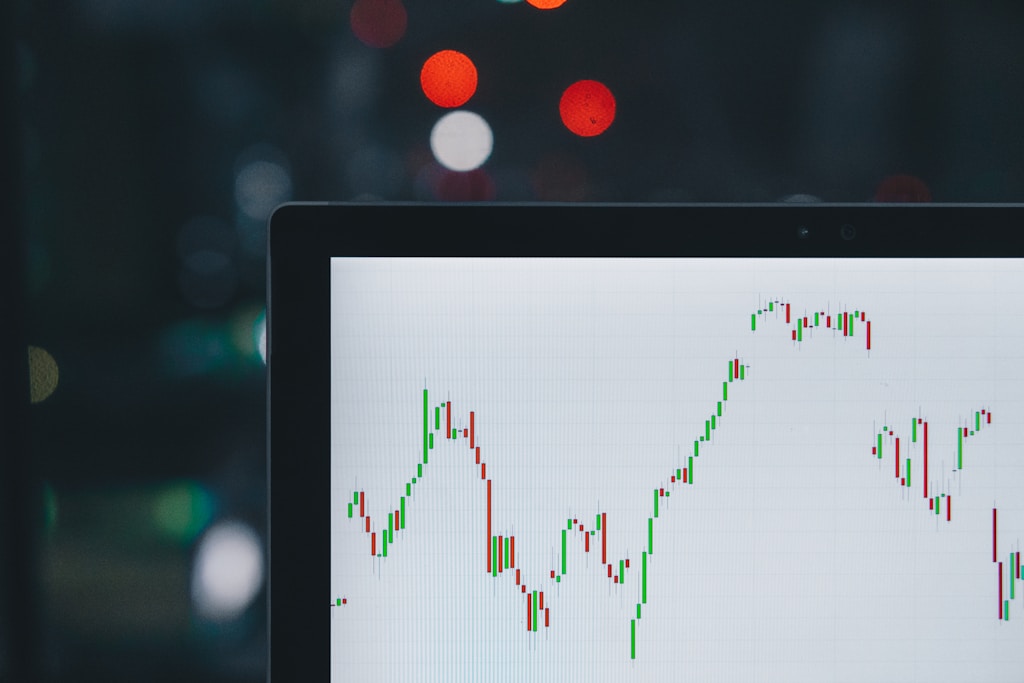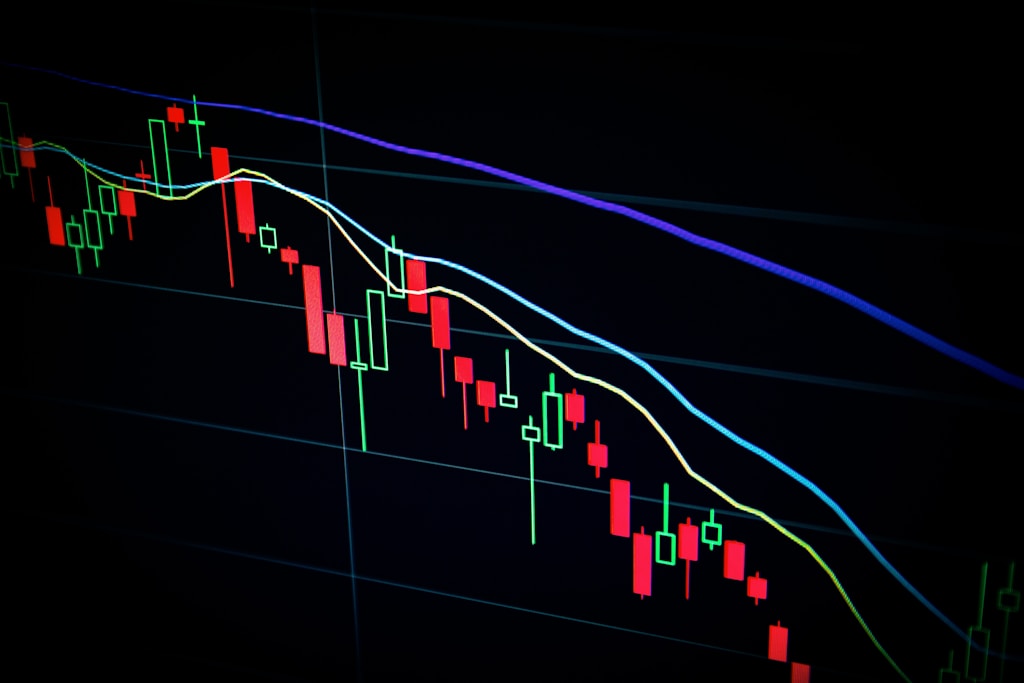In a significant market development, Bitcoin has reclaimed the $85,000 level as the Crypto Fear & Greed Index rises to 45%, signaling improving market sentiment. This recovery comes amid renewed interest in Bitcoin ETF products and strengthening institutional demand.
Market Recovery and ETF Impact
The cryptocurrency market demonstrated remarkable resilience over the weekend, with Bitcoin leading the charge above $85,000. This price movement coincides with substantial crypto fund inflows, highlighting growing institutional confidence in digital assets.
Ethereum also showed strength, breaking above $2,000, aligning with recent analysis suggesting a potential end to its quarterly decline. The dual recovery of the two largest cryptocurrencies indicates broader market health improvement.
Fear & Greed Index Analysis
The Fear & Greed Index’s rise to 45% represents a significant shift from recent market uncertainty. This metric, which measures market sentiment on a scale of 0-100, suggests investors are moving from ‘Fear’ toward a more neutral position.
SPONSORED
Maximize your trading potential with up to 100x leverage on perpetual contracts
Macroeconomic Considerations
Despite the positive momentum, market participants should remain cautious of potential headwinds, particularly the looming tariff escalations that could impact global markets. These macroeconomic factors could influence Bitcoin’s price trajectory in the coming weeks.
Technical Outlook
Key resistance levels lie ahead at $87,500 and $90,000, while support has formed at $83,000. The current price action suggests a potential continuation of the upward trend, though volatility may increase near these critical levels.
FAQ Section
What is driving Bitcoin’s current price increase?
The rally is primarily fueled by strong ETF inflows and improving market sentiment, as reflected in the Fear & Greed Index.
How significant is the 45% Fear & Greed reading?
This reading indicates a shift from extreme fear toward neutral territory, suggesting growing market confidence.
What are the key risks to watch?
Upcoming tariff escalations and broader macroeconomic factors could impact market stability.






